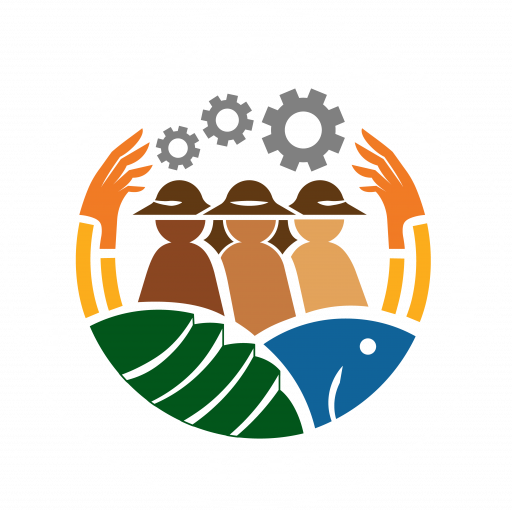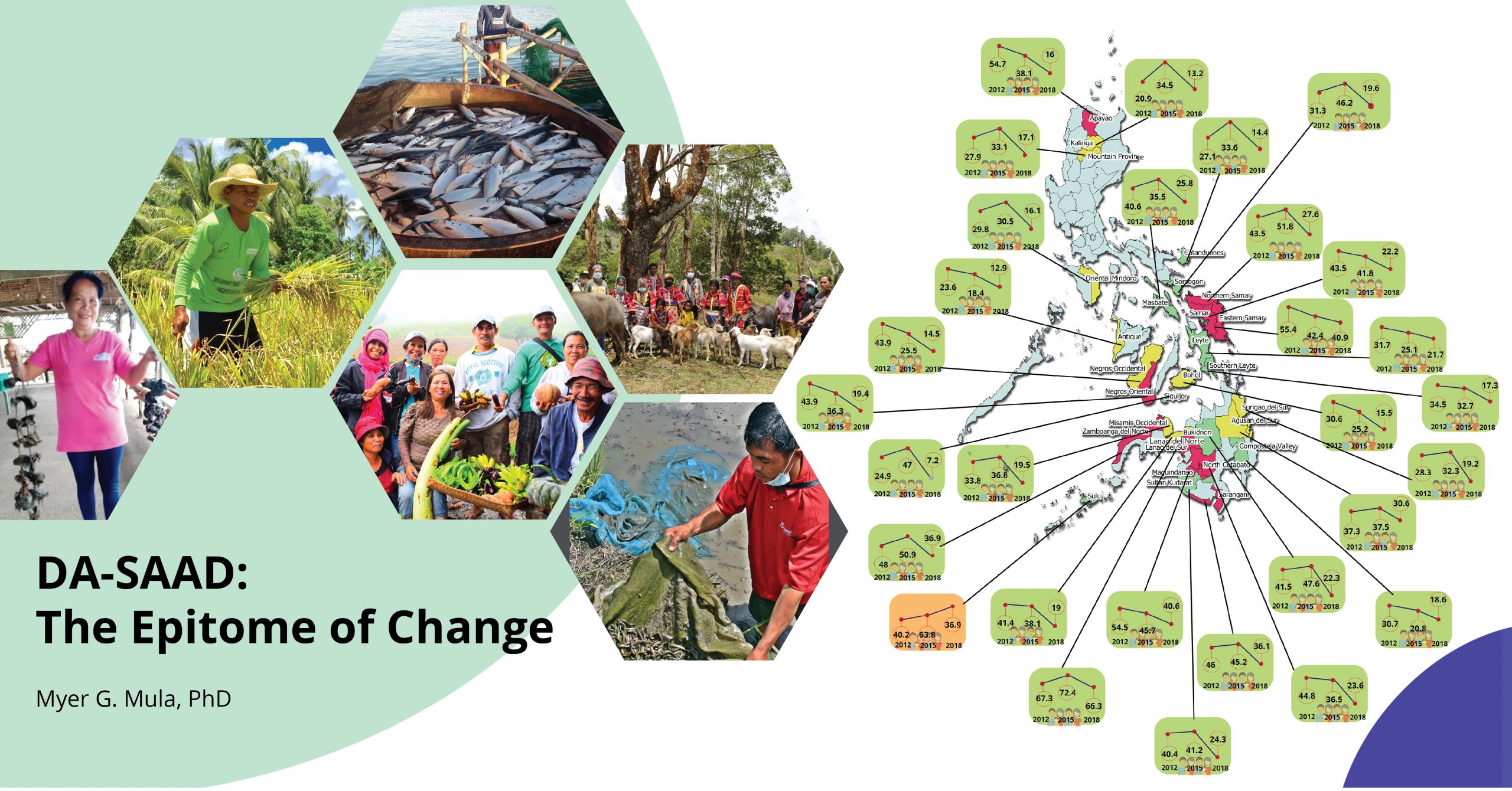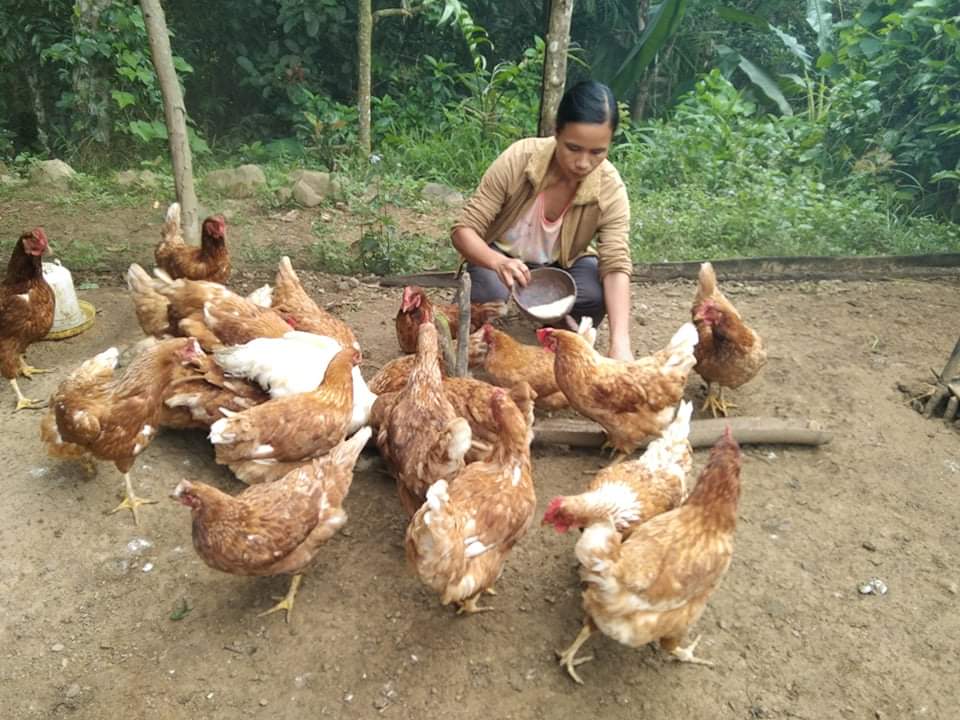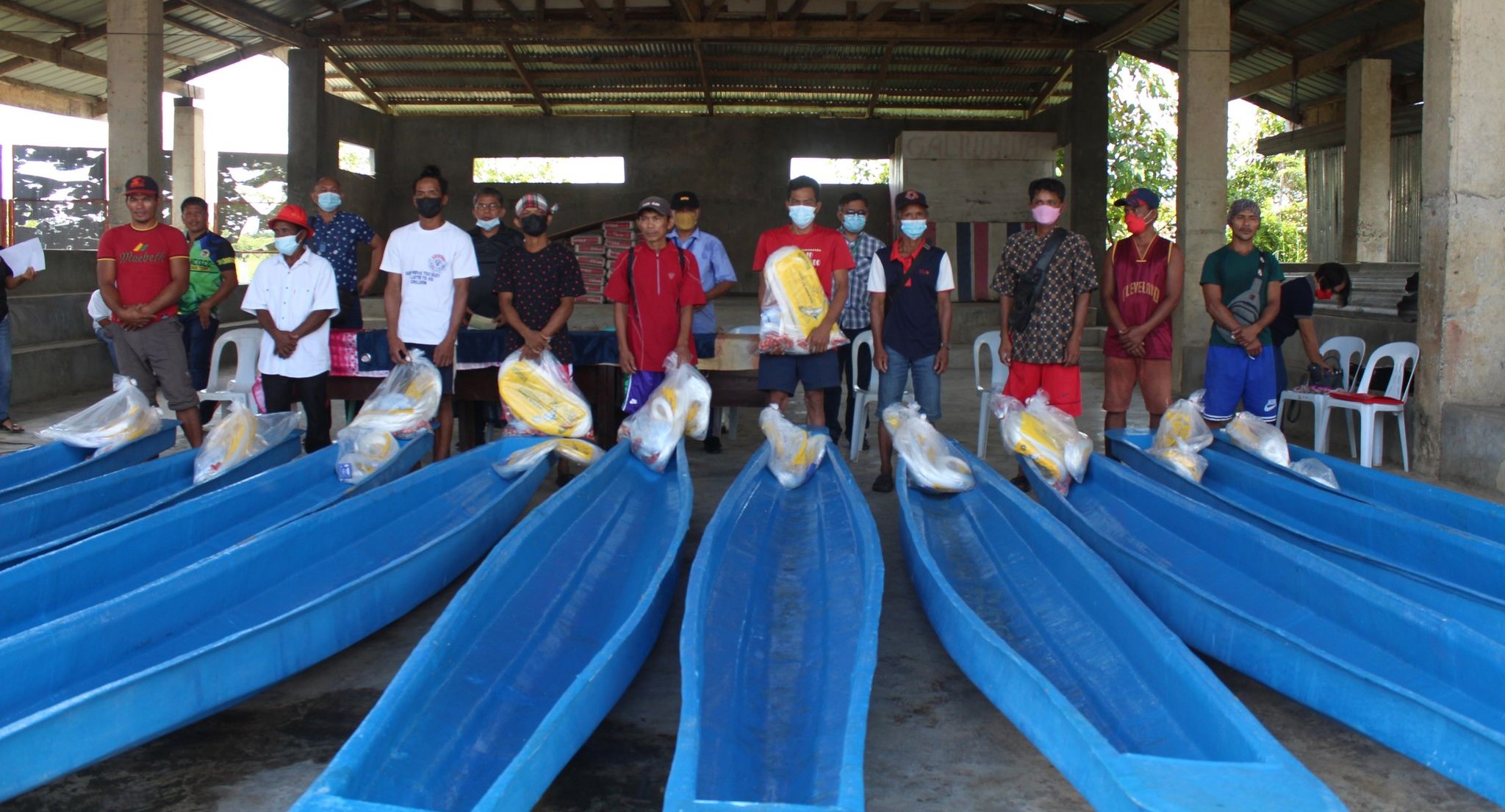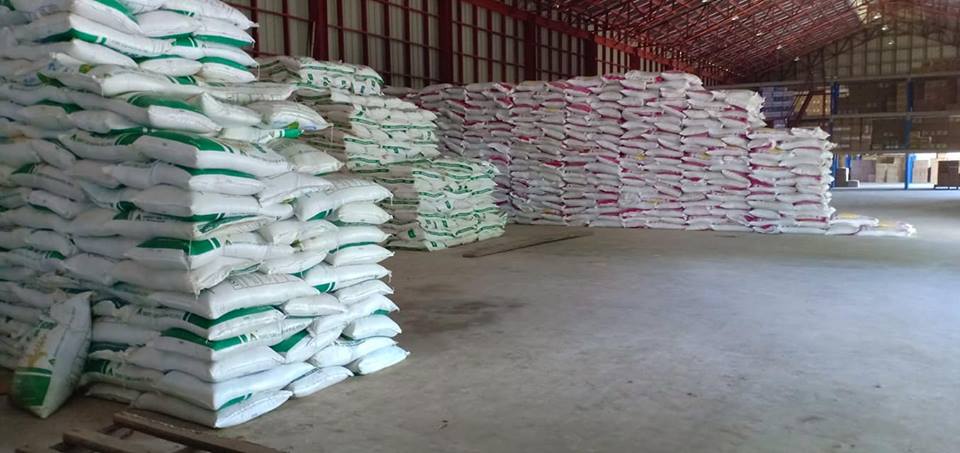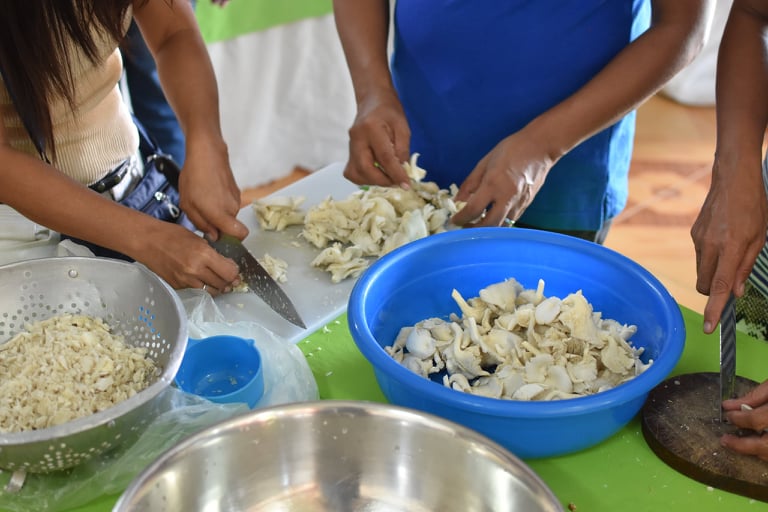By Myer G. Mula, PhD
Amidst the pandemic, the year 2020 strongly contributed to the food security of the 30 poorest of the poor provinces covered by the Department of Agriculture-Special Area for Agricultural Development (DA-SAAD) Program on the domestic food requirement and among others, through the participation of our beneficiaries (Agriculture and Fishery Sectors) in the Kadiwa ni Ani at Kita and from distinguished local markets. This strategy was strongly enforced by our Secretary in order to stabilize the prices of food (vegetables, fruits, meat, and its by-products).
2020 Growth Trend on Philippine Agriculture
The report by PSA on the performance of Philippine Agriculture managed to grow by 0.5% in the 2nd quarter despite the problems brought about by the enhanced community quarantine (ECQ) by a coronavirus (COVID-19) last March 2020; the African Swine Fever (ASF) outbreak which started in July 2019; and the eruption of Taal Volcano in January 2020 (due to massive ash fall). Nevertheless, the country´s agriculture and fishery sectors growth were sustained during the 3rd quarter at 0.7%.
However, the worst crises that stalled the Philippine economy was felt during the 4th quarter where production went down by 2.5% due to the advent of the pandemic (COVID 19 and ASF); and Typhoons caused by Quinta, Rolly, and Ulysses (which caused massive flooding) that hit major production areas of Luzon and parts of Visayas.
Even with this worse contraction recorded at 9.5% for CY 2020 since 1984 (-7%), when the Southeast Asian nation plunged into economic and political crises, the performance of Agriculture was recorded at -1.2% and still the best performer among other sectors of development (e.g. Services -9.9%; Industry -8.4%; Construction -25.3%; Other Services such as personal care services, salons, entertainment, casinos, and museums -45.2%; Transportation -21.3%; Accommodation and Food Service Activities -42.7%; Household Spending -7.2%; Exports -14.7%; and Imports -21.7%).
How DA-SAAD Works
In line with the Department of Agriculture ́s mandate to uplift the socio-economic status of farmers and fishers through a food-secure and resilient Philippines, the SAAD Program, a six (6) year locally-funded project, was executed in 2017 to help alleviate poverty incidence among families in its covered 30 poorest provinces based on the Philippine Statistics Authority (PSA) of 2012 and 2015 data.
SAAD is operated by the Regional Offices of DA for the Agriculture Sector and BFAR for the Fishery Sector while being supervised by the DA-SAAD National Program Management Office (NPMO) under the Office of the Secretary (OSEC).
The program aims to complement the regular programs of DA (rice, corn, high-value crops, coconut, fiber, etc.) and the Bureau of Fisheries and Aquatic Resources (BFAR) in terms of beneficiary selection (focus on the poor); improve food production for household and commercial purposes; and assist its beneficiaries in the establishment of community-based agricultural and fishery-related enterprises.
The program will organize farmer/fisherfolk individuals into farmer/fisherfolk groups and provide production, processing, and marketing-related interventions. Such interventions are, but not limited to, postharvest equipment, seeds, planting materials, livestock, poultry, soil ameliorants, drugs and biologics, feeds and feed-related items, fingerlings, crustaceans, fishing gears, fishing paraphernalia, etc.
From 2017 to 2020, the DA-SAAD triumph by conducting 798 social preparations to 53,389 participants; granting 2,424 projects to 137,546 individual beneficiaries and 3,645 farmers/fishers association with 92,221 members; provide 1,761 specialized trainings to 88,137 farmers/fishers; and established 159 agri-enterprise benefitting 5,172 members.
DA-SAAD: A Contributor Towards Poverty Reduction
In the 2020 NEDA report, SAAD contributed to the decrease in poverty of the Eastern Visayas Region (Region 8). The poverty incidence among families declined by 8.96%, from 32.95% in 2015 to 23.99% in 2018. While, the poverty rate among the population decreased by 10.36%, from 41.22% in 2015 to 30.86% in 2018.
The reduction in poverty incidence in Eastern Visayas in 2018 can be largely attributed to the improved labor market conditions and other institutional reforms that increased incomes of the households through social preparation and livelihood interventions of the SAAD Program.
As shown in the Map Infographics, the 2018 PSA poverty data incidence in the SAAD’s 30 priority provinces in comparison with 2015 data showed that 29 covered provinces poverty incidence among families was reduced with a significant decrease in Siquijor (40.2%), Sorsogon (25.6%), Bukidnon (25.3%). Northern Samar (24.2%), Apayao (22.1%), Kalinga (21.3%), Samar (19.6%), Catanduanes (19.2%), Lanao del Norte (19.1%), and Misamis Occidental (17.3%).
The only province where poverty incidence recorded an increasing rate among the 30 provinces was Sulu at 75.3% in 2018 from 63.8% in 2015 and 40.2% in 2012. The major contributing factor is the peace and order situation where Sulu has experienced terrorism affecting economic growth to all sectors of development.
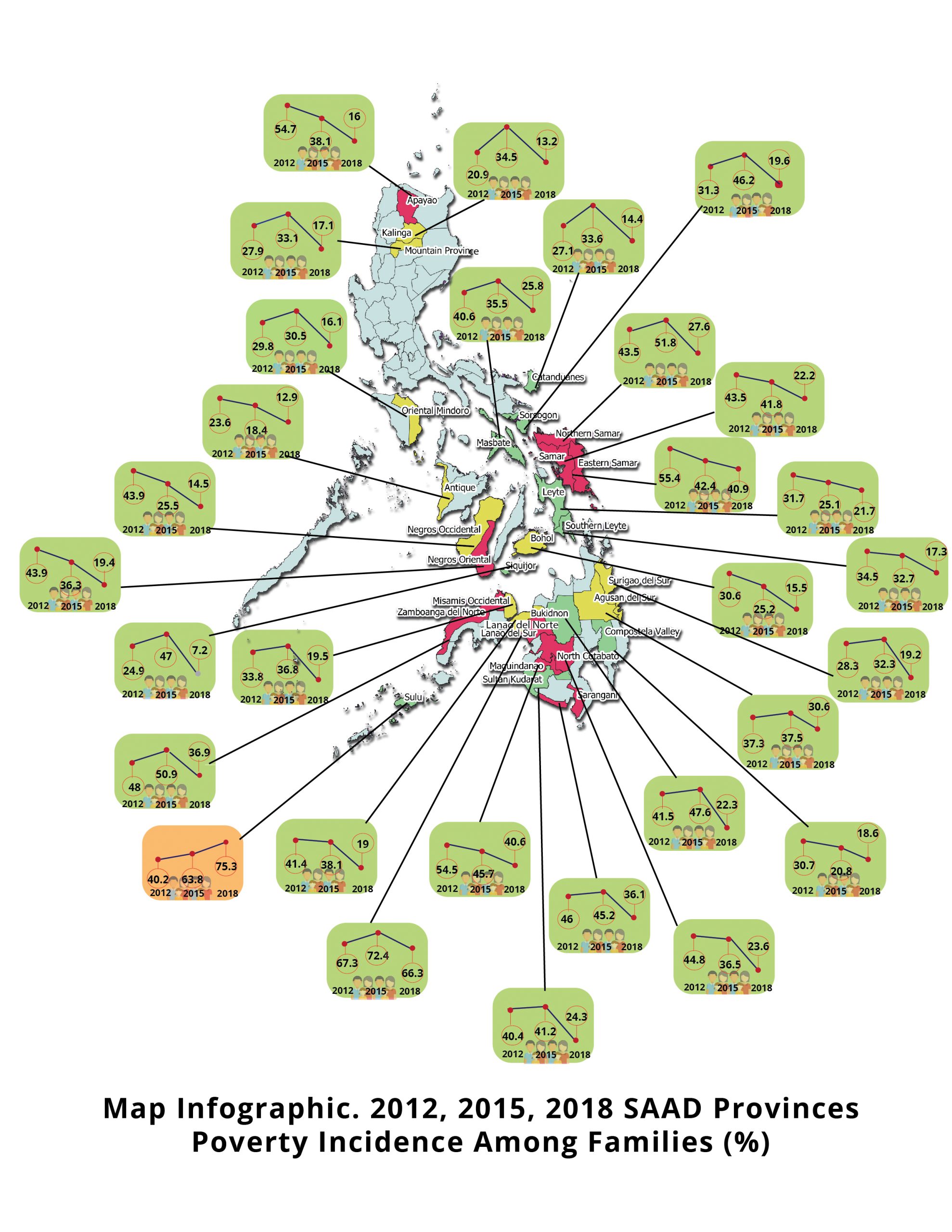 One DA´ Framework: A Convergence
One DA´ Framework: A Convergence
Even though the Philippines worked hard in reducing poverty through various programs, it still has a long way to keep up with neighboring countries in the ASEAN region like Vietnam and Indonesia.
For the agriculture and fishery sectors, the framework, as mentioned by Secretary William D. Dar, is the `One DA´ holistic approach that will synergize to generate a positive impact that can break inter-generational cycles of poverty. The `One DA´ framework is the convergence of all developmental actors of the Department following the 12 key strategies namely: 1. Farm Clustering/Bayanihan Agri Clusters (BACs); 2. Province-Led Agriculture and Fisheries Extension System (PAFES); 3. Agri-Industrial Business Corridors (ABCs); 4. Infrastructure Investments; 5. Post-Harvest Processing Logistics, and Marketing Support; 6. Digital Agriculture; 7. Climate Change Adaptation and Mitigation Measures; 8. Mobilization and Empowerment of Partners to Attain Scale; 9. Global Trade, Export Development, and Promotion; 10. Food Safety and Regulations; 11. Ease of Doing Business and Transparent Procurement; and 12. Strategic Communication Support.
References:
Canlas JS and Mula MG. 2021. DA-SAAD`s contribution to Philippine´s poverty reduction: An Analysis. Department of Agriculture-Special Area for Agricultural Development (DA-SAAD). Online ISSN 2718-9791.
Philippine Statistics Authority. 2013. 2012 Full Year Official Poverty Statistics of the Philippines. National Statistical Coordination Board.
Mapa CDS. 2020. Farmers, Fisherfolks, Individuals Residing in Rural Areas and Children Posted the Highest Poverty Incidences Among the Basic Sectors in 2018. Philippine Statistics Authority.
Mapa CDS. 2020. Updated Clustering of Provinces based on 2018 Full Year Poverty Incidence among Families, by Province: 2015 and 2018. Philippine Statistics Authority
